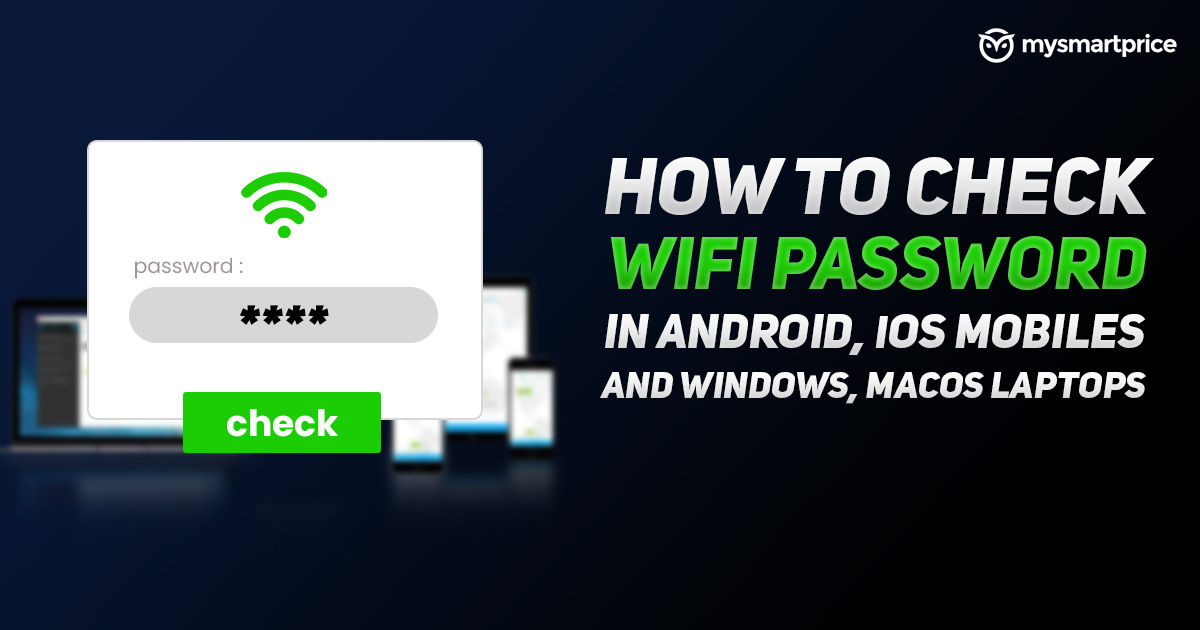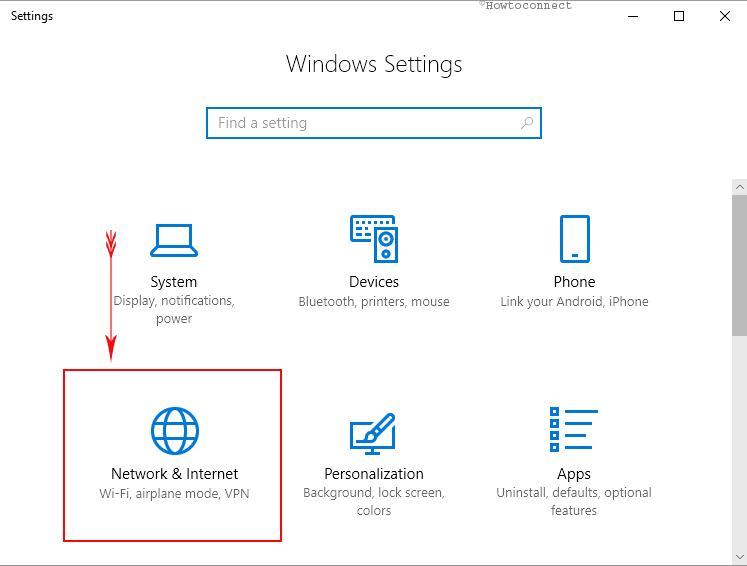

Try forgetting the network, then try connecting to it again.
CONNECT XFINITY HOME WIFI NETWORK TO NEW DEVICE FOR MAC OS X PASSWORD
Even without a password requirement, you may need to tick a box accepting terms to get access After trying to connect to the unsecured network, immediately open Safari and look for a login page followed by a welcome page.Fixes for iPhone Can’t Connect to Unsecured Network It’s informational, so you know that your data can be intercepted. Receiving this error should not prevent you from connecting to ANY network. IOS displays warnings like unsecured network on networks that do not enable WPA encryption or higher. Your current iOS, like previous iOS versions, should still connect to unsecured networks with a security warning that your connection is not secure. How An Unsecured WiFi Connection Should Work Make Safari Faster and More Secure With Open DNS and Google Public DNS.
/001-connect-google-home-to-wi-fi-4159401-f91b322c60364e47b7fac36d700fd025.jpg)

I can't remember exactly how it is triggered, but it registers a. Could be the secret login "password", a username-password pair, or just activating a EULA checkbox and the "connect" button. It uses PhantomJS & CasperJS to post the necessary info to the fields on the captive portal login page. Tyilo's NetworkAutoLogin project on github is an os.x daemon that "Automagically logs into to Captive Portal Networks" with user-supplied credentials. OS X and iOS make a request to every time you connect to a WiFi network. Related fun fact: This is how Apple tests for captive portals on OS X and iOS: If it’s possible to do this on iOS with all its restrictions, surely it must be possible to do something like it on OS X, right? Update: There’s an iOS app called AutoWifi that basically handles this.

Is there a way to automate the login process somehow, or at least store the login/password pairs in the Keychain? I have to login to different wireless networks like this very frequently, and none of the captive portals seem to remember my login/password information. How can I automatically login to captive portals on OS X?Ī captive portal is used by (often not password-protected) wireless networks that present a web page as soon as you connect to them, requiring you to login.


 0 kommentar(er)
0 kommentar(er)
